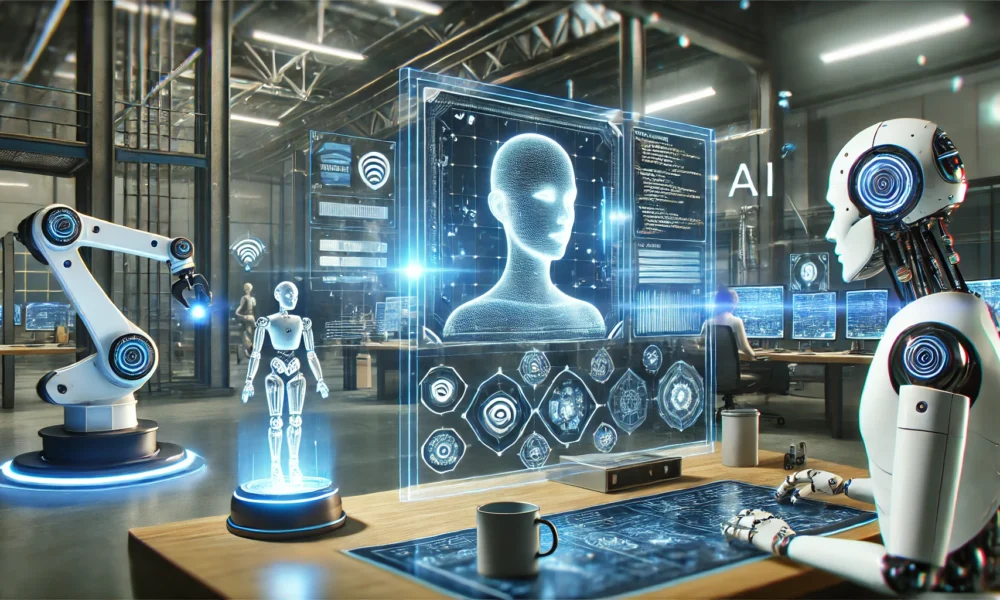Redefining Autonomy: The Rise of Agentic AI in 2024
The Emergence of Agentic AI
If 2023 was the year the world discovered generative AI, 2024 witnessed the rise of agentic AI – a new class of autonomous systems designed to achieve goals in complex, dynamic environments. Unlike traditional AI, which react to prompts or follow predefined rules, Agentic AI operates proactively, setting plans, making decisions, and adapting to evolving situations to achieve desired outcomes.
2024: A Pivotal Year for Agentic AI
2024 witnessed the emergence of Agentic AI, highlighting its potential across diverse domains. One of the most notable trends was the transformation of large language models (LLMs) into foundational models for agentic AI. LLMs like Google’s Gemini 2.0 and OpenAI’s o3 evolved from generating text to acquire capabilities like planning, reasoning, and executing tasks across diverse domains.
Looking Ahead: Agentic AI in 2025
Building on the momentum of 2024, the year 2025 is expected to bring transformative advancements in agentic AI. Analysts predict a significant increase in the adoption of AI agents across various sectors. According to Gartner, 25% of companies utilizing generative AI are likely to launch agentic AI pilots in 2025, with this figure potentially reaching 50% by 2027.
-
What is agentic AI?
Agentic AI refers to artificial intelligence systems that have the ability to act autonomously, make decisions, and take actions without direct human intervention. -
What were some key developments in agentic AI in 2024?
In 2024, we saw significant advancements in agentic AI, including the development of more sophisticated algorithms, the integration of AI into a wide range of industries, and the deployment of autonomous robots and vehicles. -
How is agentic AI expected to continue to evolve in 2025?
In 2025, we can expect to see further advancements in agentic AI, including improved decision-making abilities, enhanced problem-solving skills, and increased autonomy in AI systems. -
What are some potential benefits of agentic AI?
Agentic AI has the potential to revolutionize industries such as healthcare, transportation, and manufacturing by increasing efficiency, reducing costs, and improving overall performance. - What are some concerns related to the rise of agentic AI?
Some concerns related to agentic AI include potential job displacement, ethical issues surrounding AI decision-making, and the need for regulation to ensure responsible AI development and deployment.










